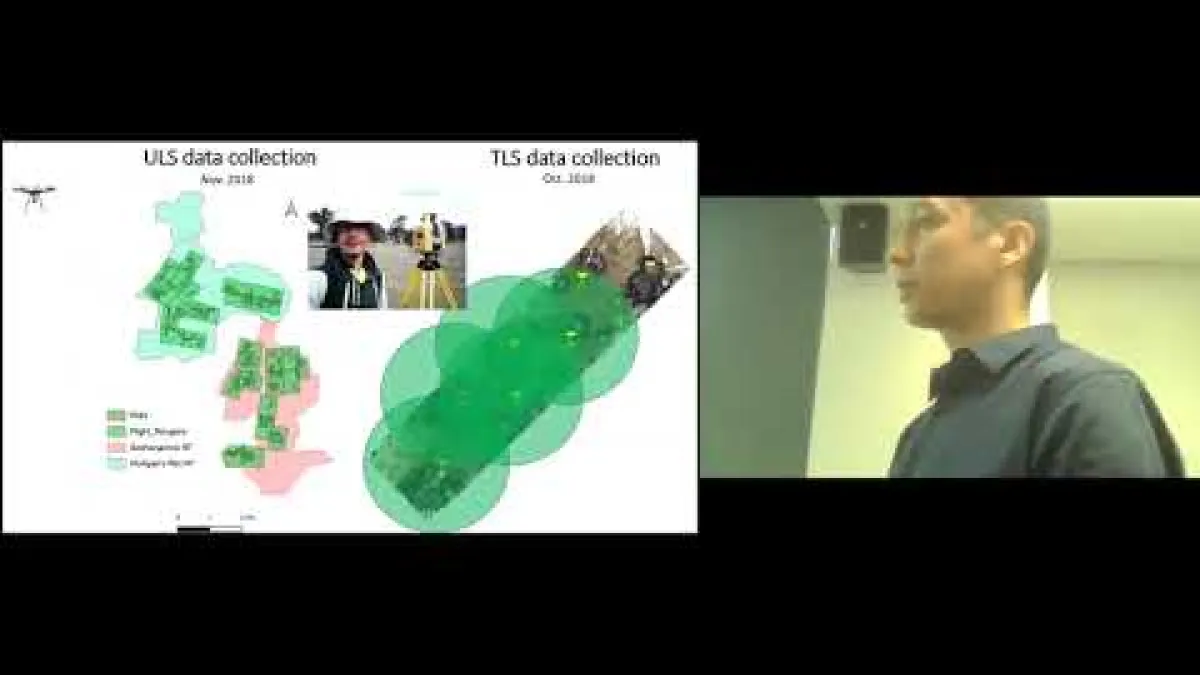E&E PhD Exit Seminar: Micro- and macro-evolution of micro- and macro-lizards
Why do organisms look the way they do? Why do they live where they do? Wy are some groups more diverse than others? These basic questions are often addressed at different scales using a particular set of methods.
Speakers
Event series
Content navigation
Description

Why do organisms look the way they do? Why do they live where they do? Wy are some groups more diverse than others? These basic questions are often addressed at different scales using a particular set of methods. This distinction even dictates who goes into which floor in ANU’s Robertson Building. For example, the first question could be addressed by either looking at phenotypes across a phylogeny in a comparative framework or by looking at fine scale variation across the landscape within a species. However, it has been challenging to build a conceptual and methodological bridge linking ecological processes and population dynamics with evolutionary and biogeographic patterns above the species level. In this seminar, I will present research spanning a broad range in the continuum between micro- and macroevolution. Appropriately, my study system is monitor lizards (Squamata: Varanidae: Varanus), the terrestrial vertebrate genus showing the largest disparity in body size. These charismatic reptiles display notable variation in species richness, morphology, and ecology across the three continents and numerous oceanic islands they call home. I incorporated multiple sources of evidence and favoured process-based methods linking ecological and population-level processes with speciation and macroevolutionary patterns. I used this integrative approach to identify the drivers of genetic, phenotypic, and lineage diversification in Varanidae at different evolutionary scales. The projects I present include research on the taxonomy of a couple of problematic species complexes, the evolutionary relevance of hybridization, and global patterns of diversity in Varanidae
Location
Please note: this seminar will be held in the Eucalyptus Rm and via Zoom, details are included below.
Eucalyptus Room, Rm S205, Level 2, RN Robertson Building (46)
Please click the link below to join the webinar:
https://anu.zoom.us/j/89701578879?pwd=eFArMWljZVd3SFhPODY2NlRZNnpNUT09
Passcode: 729532


